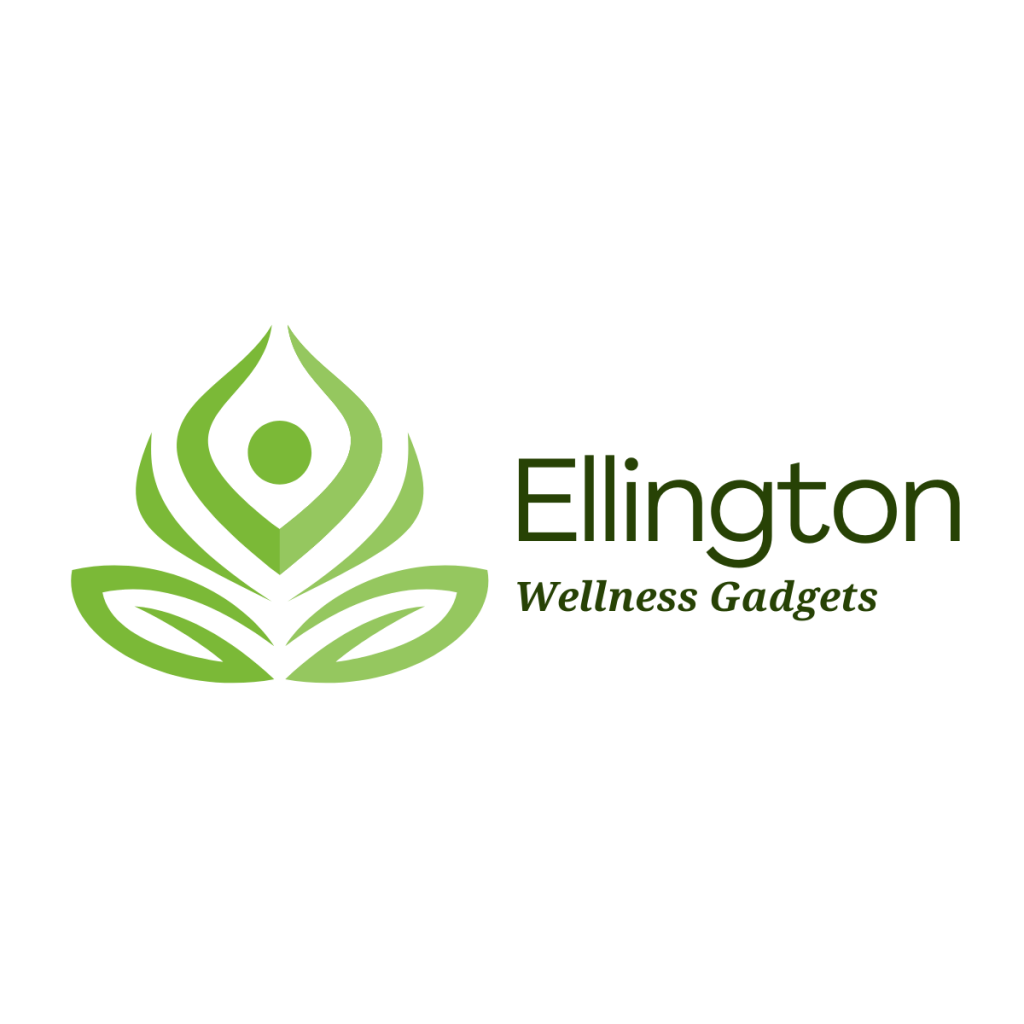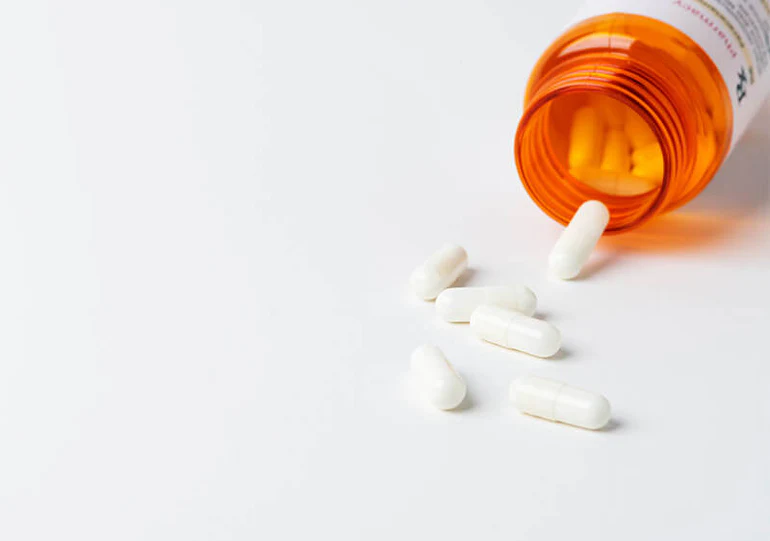Investing in medical equipment for home use is an important step toward managing health effectively. However, keeping these devices in top condition requires regular maintenance to ensure accuracy, longevity, and safety. Proper care helps prevent malfunctions and ensures that your equipment provides reliable readings when you need them most. Here’s a guide on how to maintain your medical equipment the right way.
1. Follow Manufacturer Guidelines
Every medical device comes with a user manual that outlines cleaning procedures, storage instructions, and maintenance recommendations. Always read and follow these guidelines to ensure proper usage and avoid damage. Using the device incorrectly or storing it in the wrong conditions can lead to inaccurate readings and reduced lifespan.
2. Clean Devices Regularly
Keeping medical equipment clean is essential for both hygiene and functionality. Use a soft, damp cloth to wipe surfaces, avoiding harsh chemicals that could damage sensors or screens. For devices like blood pressure monitors and glucose meters, check if alcohol wipes or mild disinfectants are recommended. If your equipment includes removable parts, ensure they are thoroughly dried before reassembly.
3. Store Equipment Properly
Medical devices should be stored in a clean, dry, and temperature-controlled environment. Avoid direct sunlight, extreme heat, or humid areas, as these can affect performance. Items like thermometers, oximeters, and digital monitors should be kept in protective cases to prevent dust buildup and accidental damage.
4. Check Batteries and Power Sources
Battery-operated devices should be checked regularly to ensure they have sufficient power. Weak batteries can cause inaccurate readings or device malfunctions. If a device is not frequently used, remove the batteries to prevent leakage. For rechargeable equipment, follow proper charging guidelines and avoid overcharging to extend battery life.
5. Inspect for Wear and Tear
Regularly check your devices for signs of wear, such as frayed cords, cracked screens, or malfunctioning buttons. Tubing for oxygen concentrators and nebulizers should be replaced as recommended by the manufacturer. If you notice any irregularities in function or display, stop using the device and seek professional servicing.
6. Calibrate and Test Accuracy
Many medical devices, such as blood pressure monitors and glucose meters, require periodic calibration to ensure accuracy. Some devices allow for manual calibration, while others may need professional servicing. Regularly compare readings with those taken at a medical facility to confirm the reliability of your equipment.
7. Replace Parts When Necessary
Some medical equipment, like CPAP machines, nebulizers, and blood glucose monitors, come with disposable or replaceable components. Filters, masks, and test strips should be changed as recommended to maintain optimal performance. Using worn-out or expired parts can affect results and device function.
Final Thoughts
Proper maintenance of medical equipment ensures that you receive accurate readings and prolongs the life of your devices. By following these simple steps, you can keep your equipment in excellent condition and continue monitoring your health with confidence. Ellington Wellness Gadgets provides high-quality, easy-to-maintain medical devices designed for long-term use.

